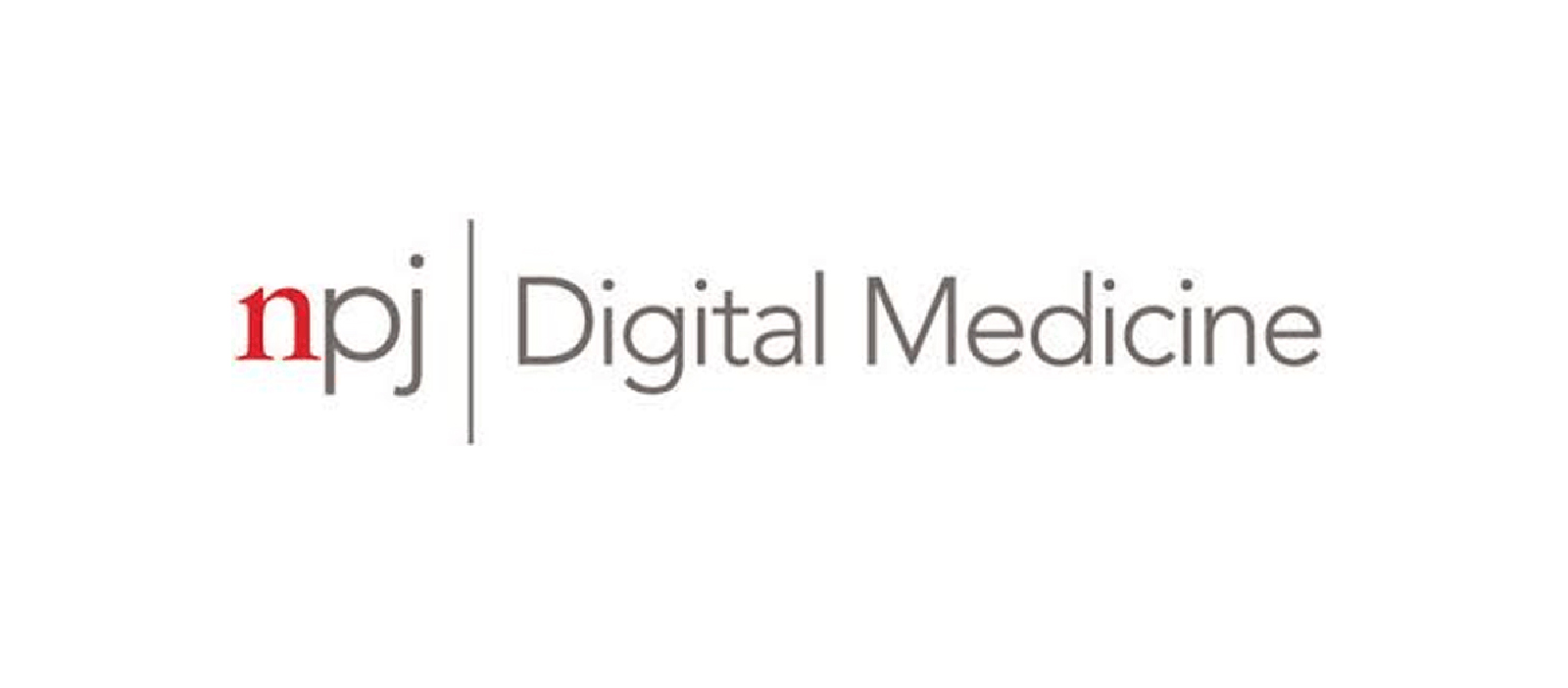Jay A. Pandit et al. –
The annual cost of hospital care services in the US has risen to over $1 trillion despite relatively worse health outcomes compared to similar nations. These trends accentuate a growing need for innovative care delivery models that reduce costs and improve outcomes. HaH—a program that provides patients acute-level hospital care at home—has made significant progress over the past two decades. Technological advancements in remote patient monitoring, wearable sensors, health information technology infrastructure, and multimodal health data processing have contributed to its rise across hospitals. More recently, the COVID-19 pandemic brought HaH into the mainstream, especially in the US, with reimbursement waivers that made the model financially acceptable for hospitals and payors. However, HaH continues to face serious challenges to gain widespread adoption. In this review, we evaluate the peer-reviewed evidence and discuss the promises, challenges, and what it would take to tap into the future potential of HaH.
Read the full article in npj Digital Medicine.





